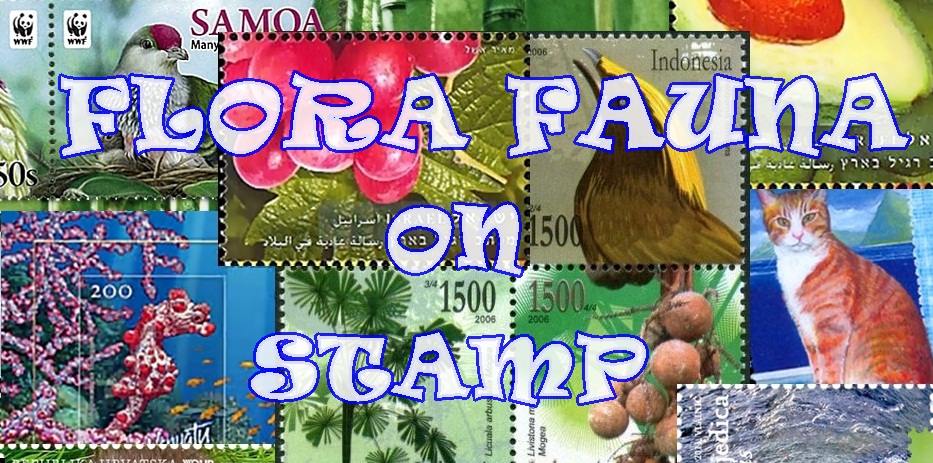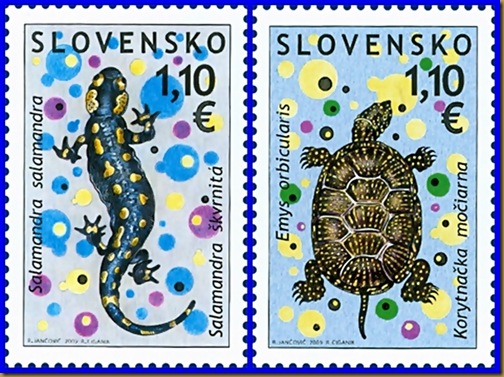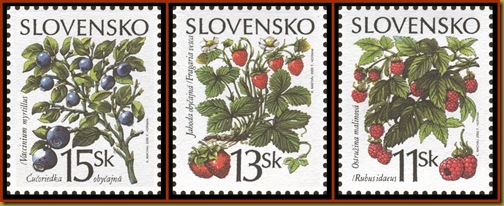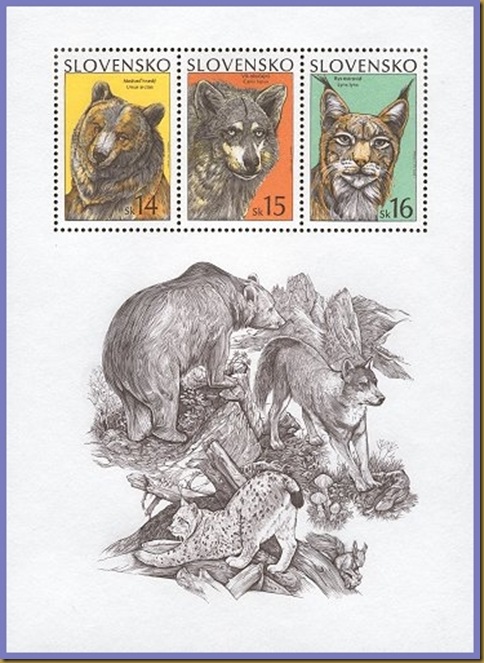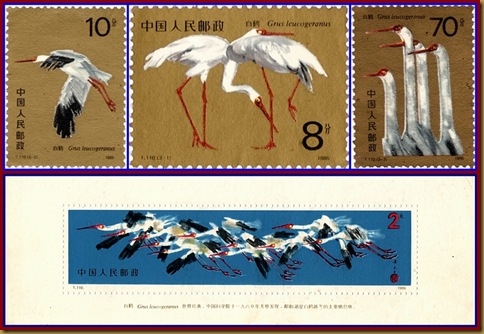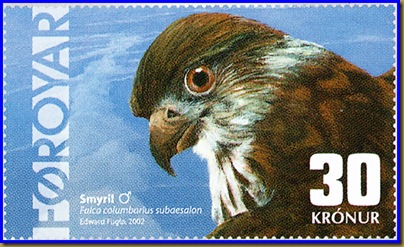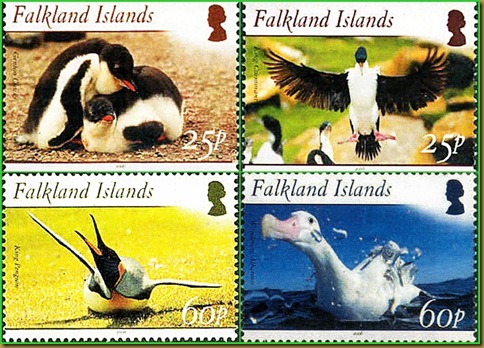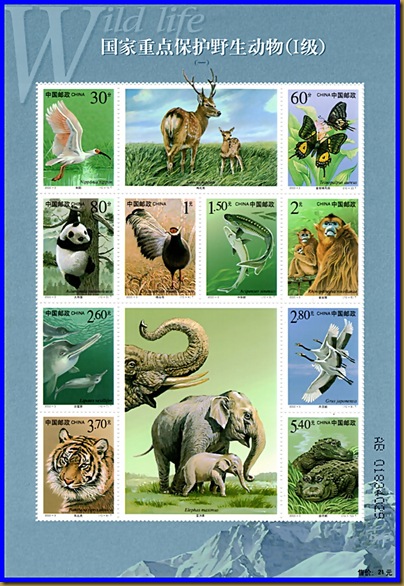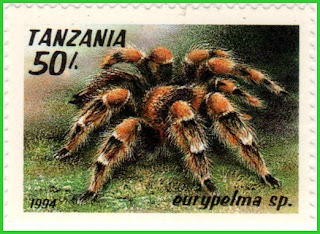Vietnam Post has issued the stamp set features fresh-water fish in 7 (seven) pieces of different value stamps. The depicted species are Brachy danio rerio, Trichogester trichopterus, Macropodus opercularis, Gymnocorymbus ternetzi, Hyphessobrycon serpae, Labeo bicolor, and Betta splendens on 1984.
Brachy danio rerio or
the zebra- fish, is a tropical freshwater fish belonging to the family Cyprinidae of order Cypriniformes. It is a popular aquarium fish, with the trade name
zebra danio. The zebra fish is native to the streams of the southeastern Himalayan region, including the countries Pakistan, Bangladesh, Nepal, and Myanmar. The fish has horizontal blue stripes on the side of the body extended to the end of the caudal fin. Its shape is fusiform and laterally compressed, with its mouth directed upwards.
Brachy danio rerio can grow to 6.4 centimetres .Life-span in captivity is around 2–3 years, although in ideal conditions, may extend to 5 years.
Brachy danio rerio are hardy fish and considered good for beginner aquarists.
Brachy danio rerio is omnivorous and primarily eats zooplankton, insects and insect larvae, and phytoplankton. Most of them accept common food flakes and tubifex worms in the aquarium.
Trichogaster trichopterus or The three spot gourami, , is a labyrinth fish. The natural coloration of this fish gets its name from the two spots along each side of its body in line with the eye, considered the third spot. These fish live in marshes, swamps, canals, and lowland wetlands. Trichogaster trichopterus are endemic to the Mekong basin in Cambodia, Laos, Thailand and Vietnam and Yunnan in Asia. They migrate during the flood season from permanent water bodies to flooded areas, such as seasonally flooded forests in the middle and lower Mekong. These fish is an omnivore, feed on zooplankton, crustaceans and insect larvae.

Macropodus opercularis or the paradise fish or paradise gouramis, are small freshwater labyrinth fish found in ditches and paddy fields in East Asia, ranging from the Korean Peninsula to Northern Vietnam. Macropodus opercularis are fairly combative, harassing and attacking each other as well as potentially killing small fish. In the wild, they are predators, eating insects, invertebrates and fish fry.
These small fish (about 10 cm) are ideal lone inhabitants of aquariums. This species is one of the few fish that can change its colour (lighter or darker) in response to stimuli. Sexing is easy as males are more colourful and have longer fins compared to the females. Macropodus opercularis are tolerant of virtually any water conditions, surviving in cool and warm waters alike.
Gymnocorymbus ternetzi or the black tetra is a freshwater fish of the characin family (family Characidae) of order Characiformes. It is native to the Paraguay and Guaporé River basins of southern Brazil, Argentina, and Bolivia. Growing to about 6 cm total length, the black tetra has a roughly tetragonal body shape and is greyish in colour, fading from light at the nose to near black at the tail. Two prominent black vertical bars appear just posterior of the gills. It is a schooling fish, and requires at least 6 in a group. Gymnocorymbus ternetzi is an omnivore and will eat nearly anything it if can fit into its mouth. It will live in warm water 26 degrees C, needs soft, acid water, pH 6.5-6.8, with plenty of plants.
Hyphessobrycon Serpae or Serpae tetras are one species of the genus Hyphessobrycon. These South American tropical characids are popular aquarium fishes, often identified as Red Minor tetras. They are found in nature in the Madeira and Guaporé regions of the Amazon river, and in upper Paraguay.
Hyphessobrycon Serpae prefer water temperatures ranging from 22-26°C. They will show off their best colours in soft, neutral to slightly acidic water. They thrive in large groups and should be kept in schools of at least 6-10 fish. The males are usually more slim and smaller than females.
Labeo bicolor or The Red-tailed black shark , is a species of fresh-water fish in the carp family, Cyprinidae. It is currently extinct in the wild, but common in aquaria, where it is prized for its deep black body and vivid red or orange tail. The species was endemic to Thailand, and was formerly found in the Chao Phraya basin, but is now extinct in the wild. Typically females will have a slightly grayish hue, while males are pure black.
Betta splendens or called the Siamese fighting fish, is a popular species of freshwater aquarium fish. Also known as the betta and simply as the fighter. The wild ancestors of this fish are native to the rice paddies of Thailand and Cambodia and are called "Fighting Fish “in Thai. It has nicknamed "The Jewel of the Orient" due to their beauty and wide range of colours. The natural coloration of Beta splendens is a dull green and brown, and the fins of wild specimens are relatively short.
However, brilliantly coloured and longer finned varieties have been developed through selective breeding. Betta splendens usually grow to an overall length of about 5 cm and lives approximately 2–5 years in captivity. Betta splendens has upturned mouths and is primarily carnivorous surface feeders, although some vegetable matter may be eaten. The male betta will flare his gills, twist his body, and spread his fins, if interested in the female.
